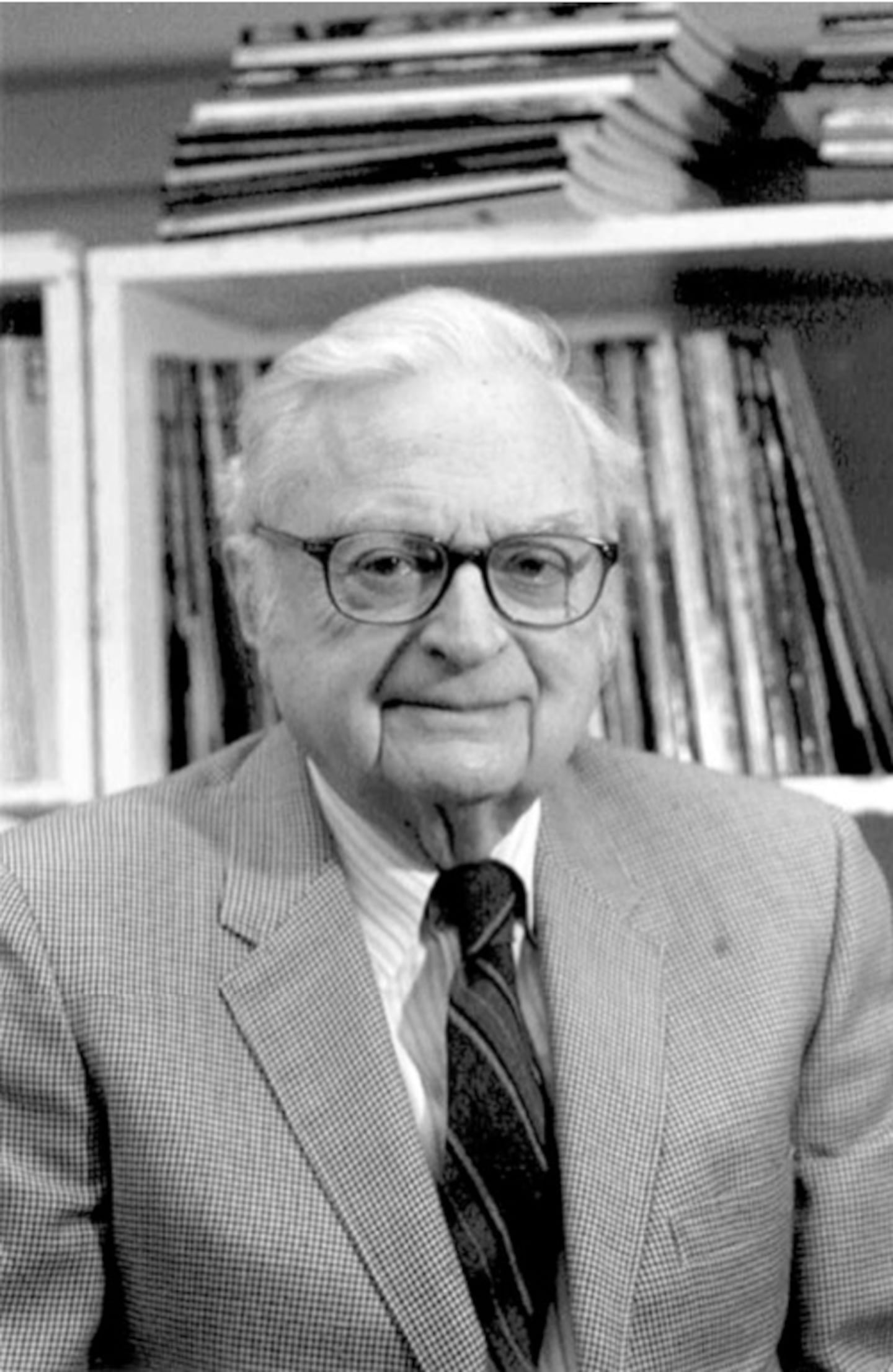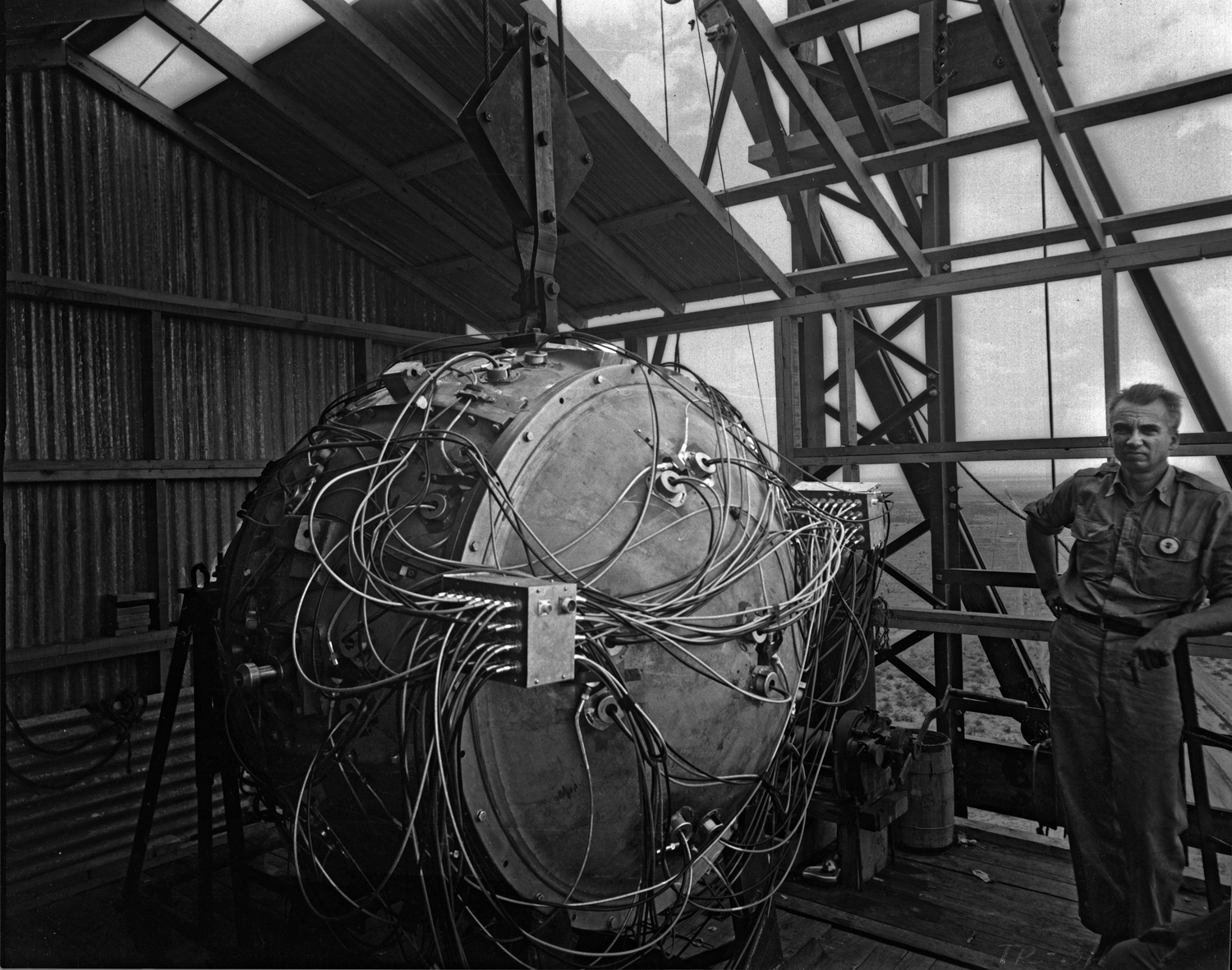Okay, so today I messed around with something called the “Lipschitz Manhattan Project.” Sounds intense, right? It kinda was, in a nerdy, mathematical way. Let me walk you through what I did.
Getting Started
First, I had to get my head around what this even was. Basically, it’s about playing with distances and making sure things are “smooth” in a specific, mathematical sense. It’s all related to this concept called “Lipschitz continuity.”
I needed a space to work in, so I started with good old 2D space – you know, like a piece of graph paper. I picked some random points on this “paper.”

The “Manhattan” Part
Here’s where the “Manhattan” comes in. Instead of measuring distance the normal way (straight line, like a bird flies), I used the “Manhattan distance.” Imagine you’re in a city with perfectly square blocks, like Manhattan. You can’t cut through buildings, you have to walk along the streets. That’s the Manhattan distance – you add up the horizontal and vertical distances.
- Example: To get from point (1, 2) to (4, 6), the Manhattan distance is (4-1) + (6-2) = 3 + 4 = 7.
The “Lipschitz” Part
Now for the “Lipschitz” bit. This is all about making sure things aren’t changing too fast. Imagine you have a function. If it’s Lipschitz continuous, it means there’s a limit to how quickly its output can change compared to its input. There’s a “speed limit,” so to speak.
I cooked up a simple function that took two of my points as input and spat out a number. My goal was to see if this function was Lipschitz continuous with respect to the Manhattan distance.
Doing the Work
This involved a bit of algebra. I had to show that the difference in the function’s output for two pairs of points was always less than or equal to some constant (called the “Lipschitz constant”) times the Manhattan distance between those pairs of points.
It was like this:
f(a, b) – f(c, d) <= K (Manhattan distance between (a, b) and (c, d))
Where ‘K’ is that Lipschitz constant I was looking for.
I spent a while plugging in my points, crunching the numbers, and rearranging things. It felt like solving a puzzle.

The Result (Sort Of)
Honestly, I didn’t get a super clean, definitive answer. My function was… messy. But I did get a feel for how the process works. I could see how changing the function would affect its “smoothness” and how the Manhattan distance played a role.
It’s one of those things where the process is more important than the perfect answer. I learned a lot just by trying to wrestle with this concept. I definitely need to refine my function and maybe try some different examples, but hey, that’s what experimenting is all about!










